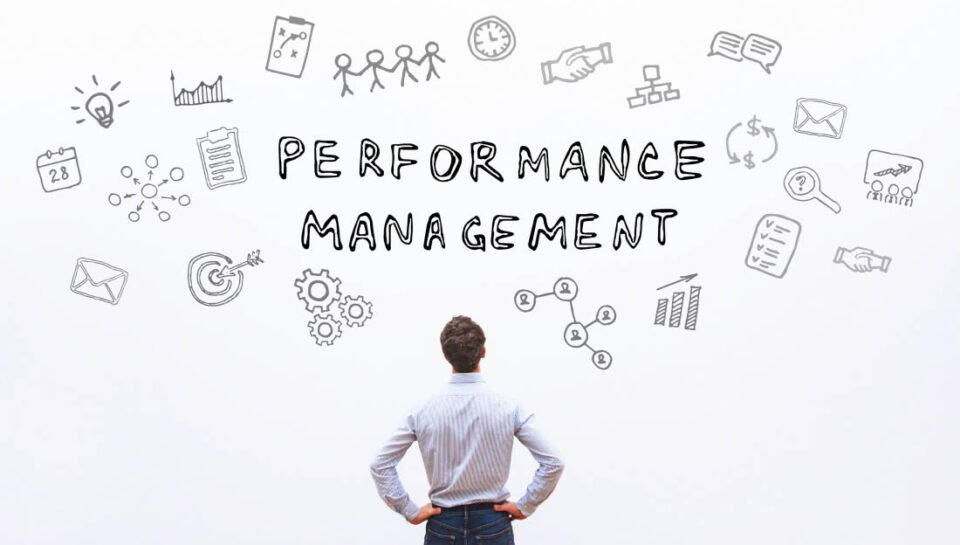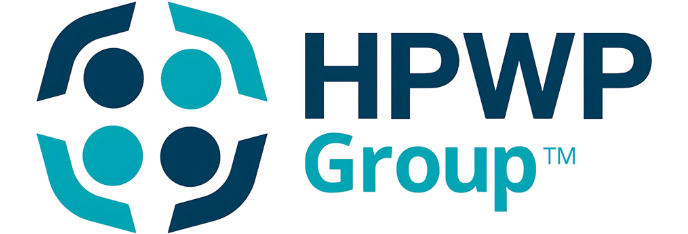Top Performance Management Tools for 2025

In the fast-evolving world of business, organizations are realizing that success depends heavily on how effectively they manage and nurture employee performance. Traditional annual reviews and outdated scorecards no longer suffice to measure productivity or encourage growth. Instead, businesses are shifting toward performance management systems that emphasize continuous improvement, goal alignment, and real-time feedback. As we move into 2025, the focus is on tools that not only assess performance but also enhance engagement, collaboration, and accountability.
A well-designed performance management system helps leaders set clear goals, track progress, identify challenges, and celebrate wins. It aligns individual contributions with the company’s vision, ensuring that everyone works toward the same objectives. These systems have become more advanced, using data analytics, artificial intelligence, and automation to streamline the performance review process and make it more effective and engaging.
Let’s explore what makes performance management crucial in today’s workplace and highlight some of the top tools that are transforming organizations in 2025.
The Importance of Performance Management
Performance management is more than just evaluating employee output—it’s about creating a culture of ongoing improvement. When organizations use the right performance management tools, they can identify skill gaps, motivate employees through recognition, and retain top talent.
Modern performance management focuses on five key areas:
- Goal Alignment: Ensuring every employee understands how their work contributes to organizational success.
- Continuous Feedback: Encouraging real-time conversations between employees and managers.
- Employee Development: Offering opportunities for learning and skill enhancement.
- Data-Driven Decisions: Using analytics to assess performance trends and identify high-potential talent.
- Employee Engagement: Building a sense of purpose and belonging through recognition and transparency.
When implemented correctly, a performance management system becomes a strategic advantage that drives productivity and strengthens company culture.
The Evolution of Performance Management Systems
In the past, performance reviews were often viewed as tedious, one-time formalities. However, technology has revolutionized this process. The latest performance management systems integrate with HR, payroll, and learning platforms, allowing seamless data exchange and better decision-making.
Artificial Intelligence (AI) and automation now play significant roles. AI helps track performance patterns, predict attrition risks, and personalize development recommendations. Employees no longer wait for annual appraisals; they receive real-time insights and feedback to guide improvement continuously.
The focus has shifted from judgment to growth—making performance management a tool for empowerment rather than evaluation.
Top Performance Management Tools for 2025
Let’s look at some of the most powerful tools redefining performance management this year:
1. BambooHR
BambooHR is an intuitive and flexible solution ideal for small and mid-sized organizations. It offers a clean interface and comprehensive tools for performance tracking, goal setting, and employee self-assessments. The platform’s integration with HR and payroll modules makes it an all-in-one solution for organizations seeking simplicity and efficiency. BambooHR’s emphasis on employee well-being and feedback loops ensures that performance discussions are productive and motivating.
2. Lattice
Lattice is one of the leading platforms that focus on performance management through continuous feedback. Its OKR (Objectives and Key Results) framework helps managers and employees align their goals. With 360-degree reviews, real-time feedback, and analytics, Lattice fosters transparency and accountability. It’s perfect for organizations that value communication and personal growth.
3. Workday
For large enterprises, Workday stands out as a comprehensive performance management system offering robust analytics and advanced automation. It supports goal management, succession planning, and performance tracking using AI insights. Workday’s scalability and integration capabilities make it suitable for organizations managing complex, global teams.
4. 15Five
15Five is built around the idea of continuous performance conversations. It encourages weekly check-ins, pulse surveys, and one-on-one meeting templates to strengthen communication between employees and managers. By integrating performance management with employee engagement, 15Five fosters trust, collaboration, and development across teams.
5. ClearCompany
ClearCompany offers a complete talent management suite, integrating recruitment, onboarding, and performance management tools. It helps HR teams create alignment between individual goals and organizational objectives. With automated reviews, feedback cycles, and analytics, ClearCompany ensures every employee contributes to company success with clarity and purpose.
6. Leapsome
Leapsome combines performance management with learning and development. It allows organizations to track performance, provide coaching feedback, and design personalized learning paths. This tool is perfect for hybrid teams that prioritize growth and development alongside accountability.
7. CultureAmp
CultureAmp merges engagement surveys with performance management features. It helps organizations gather insights into employee sentiment while tracking goal progress. The platform’s analytics help HR leaders identify what drives engagement and performance within their teams.
8. Betterworks
Betterworks offers a results-driven performance management system that focuses on measurable objectives. Its real-time feedback tools and progress tracking features empower employees to take ownership of their development. The platform is popular for its user-friendly dashboards and customizable workflows.
Choosing the Right Performance Management System
Selecting the right system depends on several factors—your organization’s size, structure, and growth goals. For instance:
- Small businesses may benefit from simple, cost-effective solutions like BambooHR or 15Five that focus on ease of use and flexibility.
- Mid-sized companies looking to scale should consider platforms like Lattice or Leapsome that offer strong analytics and goal-tracking features.
- Enterprises with complex hierarchies will find Workday or Betterworks more suited to their needs, offering detailed performance analytics and integration with other business systems.
The right tool should align with your organizational goals, integrate seamlessly with your existing HR software, and offer customization to suit your unique workflows.
The Future of Performance Management in 2025 and Beyond
The future of performance management lies in personalization, automation, and empowerment. AI-powered analytics will continue to play a bigger role, enabling leaders to make data-driven decisions about talent development and retention.
Organizations will also see a stronger connection between performance management systems and employee engagement platforms. Instead of treating performance reviews as isolated tasks, businesses will integrate them into a larger ecosystem of communication, feedback, and learning.
Additionally, as remote and hybrid work models continue to grow, digital performance management tools will become even more essential. These systems will provide real-time visibility into team progress, productivity, and morale—no matter where employees are located.
Performance management will increasingly focus on employee experience, making feedback a two-way process. Employees will have more control over their growth journey, and leaders will act more as coaches than evaluators.
Conclusion
In 2025, organizations cannot afford to overlook the importance of robust performance management tools. Whether it’s a simple platform for small businesses or a complex system for global enterprises, the right technology can drive engagement, growth, and excellence.
Modern performance management systems go far beyond tracking KPIs—they build relationships, encourage accountability, and inspire improvement. With tools like BambooHR, Lattice, and Workday leading the way, companies now have the power to transform their workplace culture and unleash the full potential of their people.
By investing in performance management today, organizations pave the way for sustained success, agility, and innovation in the years to come.










